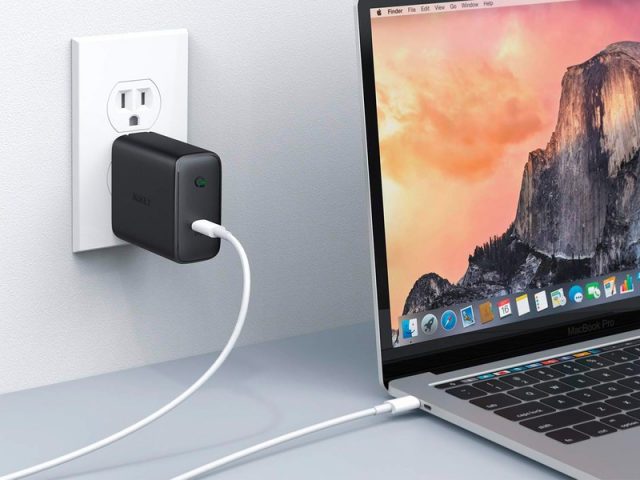Question: Are all AC/DC adapters the same? Let’s answer it this way: Are all cars the same? Are all sports the same? Were all dinosaurs the same? You get the picture.
Before we proceed, let’s refresh our memories about what AC/DC adapters are in the first place. In technical terms, it’s an electrical device that converts the power from your mains power supply (DC) into the current, frequency and voltage you need (DC). One end plugs into the wall, that lead typically connects to a ‘brick’ where all the action happens, and the other end plugs into the device you want to supply power to. Pretty simple, huh?
In a nutshell, AC/DC adapters are so handy because they are affordable, replaceable, and they simplify the workings of electrical devices – like laptops, for example – by externally situating the power supply rather than having them designed on-board. You can also purchase them from a whole catalogue of well-respected distributors, global and local, for example, RS Components.
So that’s all we need to know, right?
Not quite. Plug your device into the wrong power supply, and you might get lucky. In all likelihood, though, it won’t work. If you’re really unlucky, you might just fry something. So like cars, shoes, sports and dinosaurs, all AC/DC adapters are most definitely not the same. So how do you get it right?
Let’s take it to step by step:
1. Check out the Device
Most devices that work with AC/DC adapters will include a label on the bottom with the specific input voltage, whether it’s AC or DC, and value for mAh (milliampere-hour) or A (ampere or amp). The latter indicates the amount of current the device needs to consume.
2. Understand the Details
However, as we indicated earlier, it’s not always necessary that the values on the device and the values on the power supply match exactly. The key is to get the voltage right, but the mAh indicated on the AC/DC adapter is more of a minimum, meaning that if your device’s mAh/A is equalled or beaten by the adapter, you should be good to go because the device will only use the amps it needs. However, it’s always best to match the rated voltage exactly, particularly as more powerful adapters are more expensive.
3. Match the Polarity
It probably goes without saying that the plug at the end of the AC/DC adapter needs to fit exactly into the device. Let’s take a 12v DC power supply as an example, and note that marking with a solid line and a dashed line indicates the polarity of the adapter plug and the receptacle. Basically, the polarity of the plug needs to match the polarity of the device – for instance, the positive contact in the plug must mate with the positive contact in the device, and so on.
4. What about the watts?
So we’ve covered amps and volts – but what about the watts? To understand what we’re talking about here, think of the volts as the width of a river, and the amps as the speed of the water’s flow. In this case, the watts would be a measure of how much water flows down that river every hour. So if the adapter’s sticker mentions the V and the A, don’t worry about the absence of the W because they’re all linked anyway.
The Final Word: Use your AC/DC Adapters Safely
Remember, fiddling around with electronics is a risky business, so the best advice is not only to check that your adapter matches with the device – double and triple check as well.








